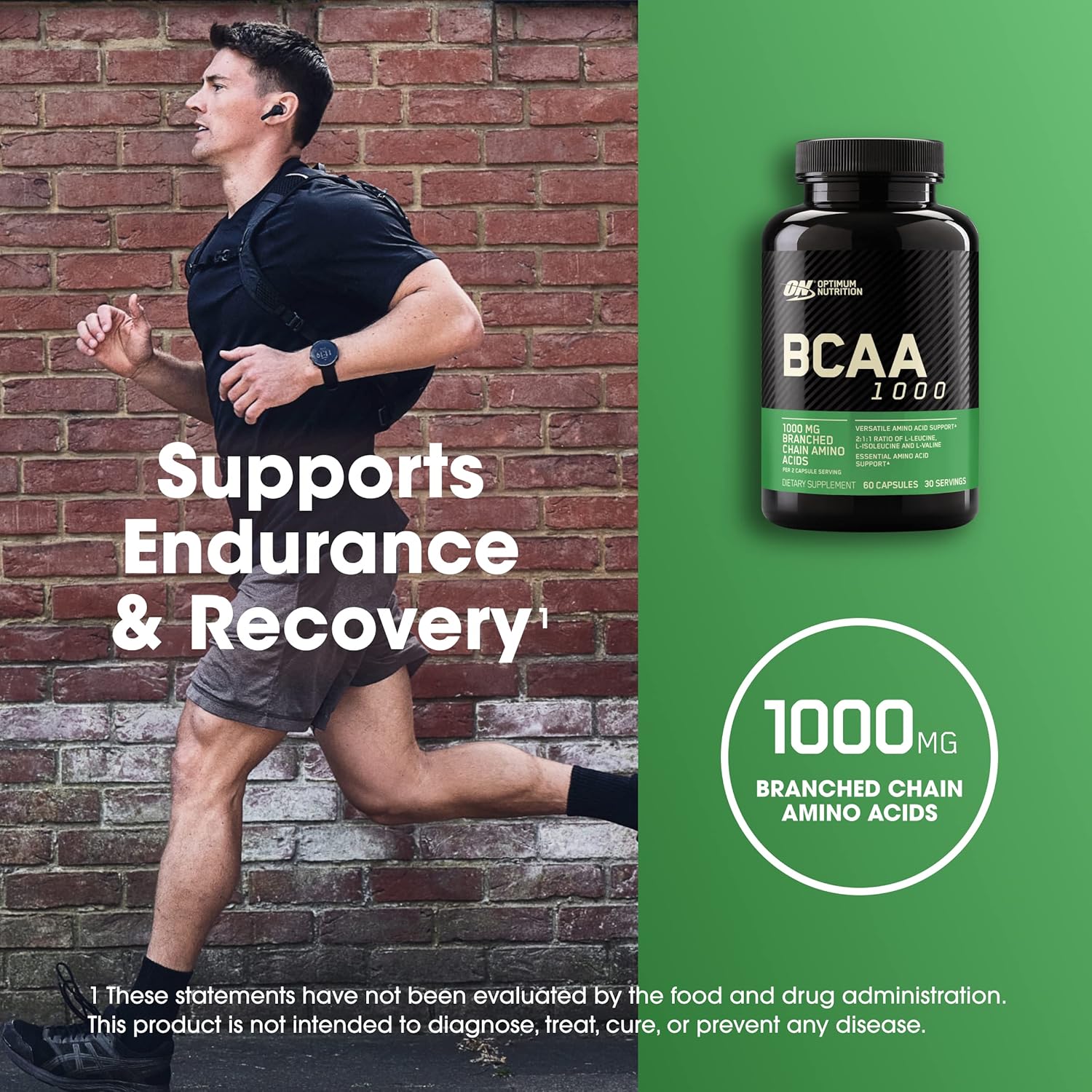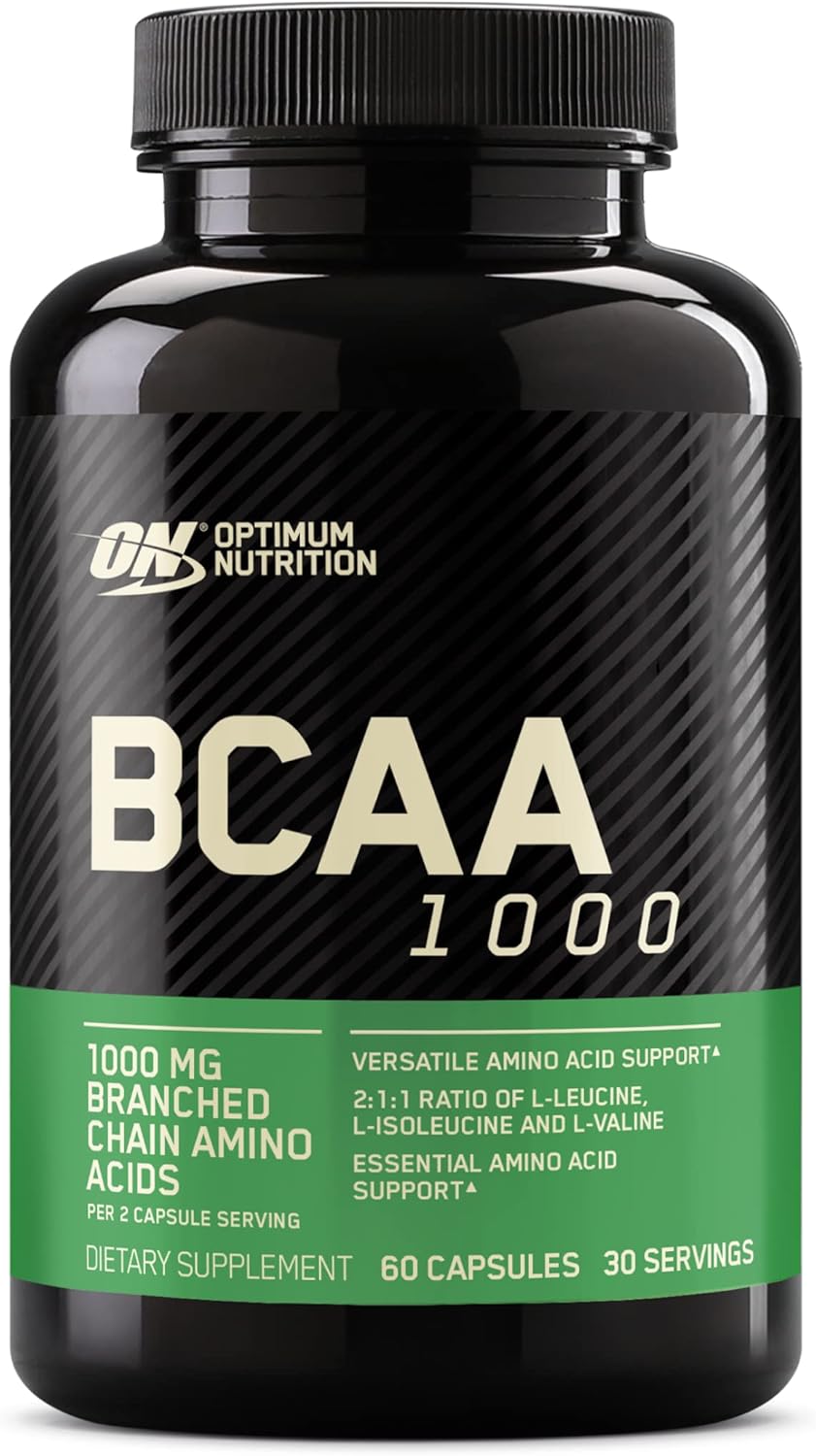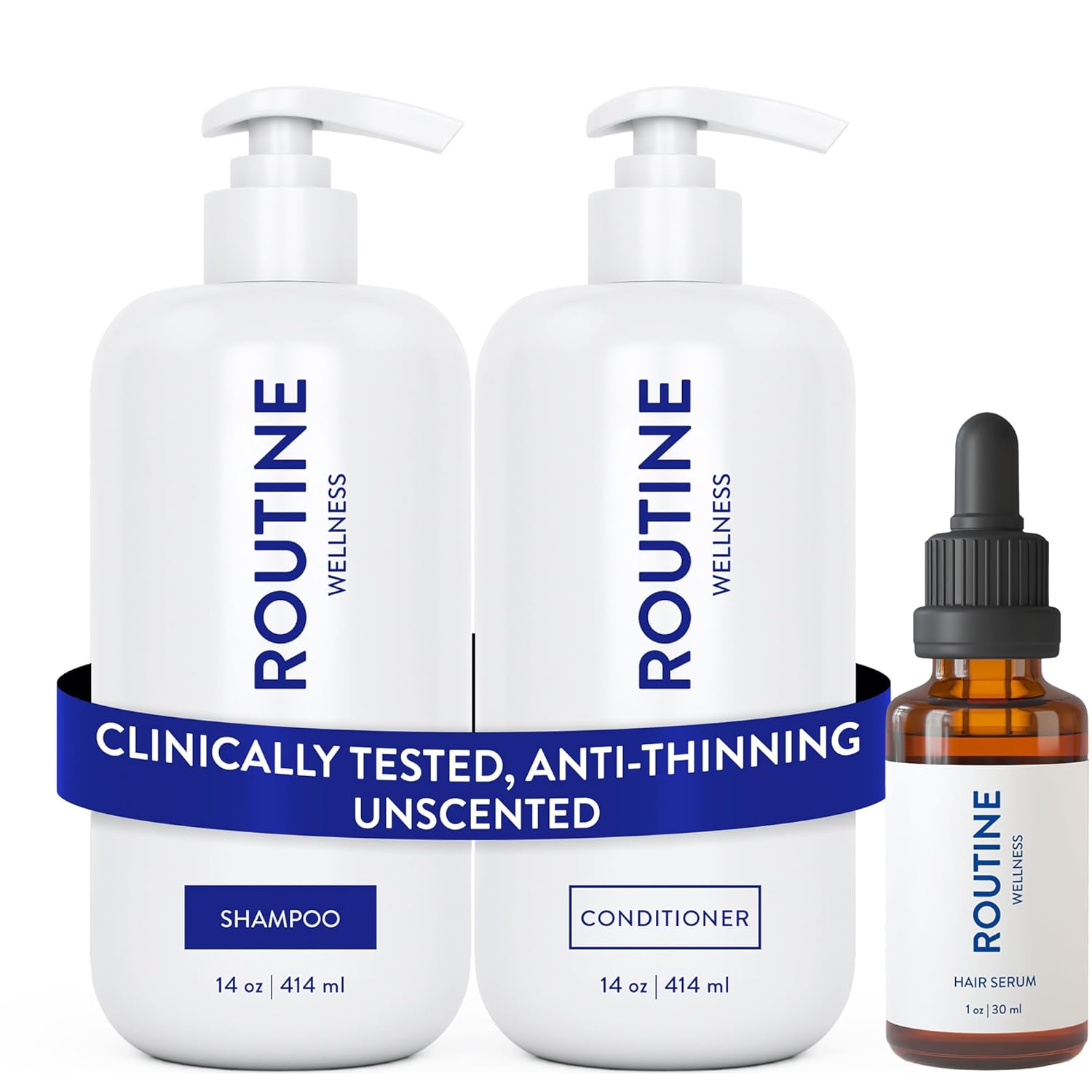Pushing your limits in the gym or on the track can be exhilarating—until the next morning, when stiff limbs and aching joints turn every squat or sprint into a chore. Delayed onset muscle soreness (DOMS) isn’t just uncomfortable; it interrupts your training schedule, forcing you to dial back intensity or even skip sessions entirely. Relying on over-the-counter pain relievers or sugar-loaded recovery drinks offers only temporary relief and introduces unwanted calories or side effects. For athletes and fitness enthusiasts who strive for consistency, missing key workouts due to soreness can derail progress, undermine motivation, and prolong the path to strength, endurance, or physique goals.
In this article, you’ll discover how Optimum Nutrition BCAA 1000 tackles these challenges at their root by supplying pure, instantized leucine, isoleucine, and valine in easy-to-swallow capsules. We’ll explore why branched-chain amino acids (BCAAs) are critical for muscle protein synthesis, how precise dosing influences performance and recovery, and practical tips for integrating BCAAs into any supplementation strategy—whether you’re training for your first 5K or chasing a new personal record in the squat rack.
Shop Optimum Nutrition BCAA 1000

Why Your Muscles Crave Branched-Chain Amino Acids
When you lift weights or perform endurance work, your body breaks down muscle proteins to fuel movement and repair damage. Among the nine essential amino acids—the ones you must obtain through diet—three stand out for their direct roles in muscle metabolism: leucine, isoleucine, and valine. These BCAAs account for nearly 35% of the essential amino acids found in muscle tissue and serve several key functions:
- Stimulating Protein Synthesis: Leucine activates the mTOR pathway, a molecular trigger that tells your body to build new muscle proteins.
- Reducing Muscle Breakdown: During prolonged exercise, BCAAs can be oxidized for energy, sparing existing muscle tissue from catabolism.
- Supporting Endurance: By providing an auxiliary fuel source, isoleucine and valine help delay fatigue during aerobic sessions.
- Modulating Recovery: BCAAs blunt markers of muscle damage—like creatine kinase—so you wake up feeling more ready for your next workout.
While whole-food protein sources supply BCAAs, timing and dosage matter. Eating chicken or whey protein post-workout delivers amino acids, but comes with fats, carbs, and volume that can slow absorption—precisely when your muscles need nutrients fastest. That’s where concentrated, instantized BCAA capsules like Optimum Nutrition BCAA 1000 shine: they dissolve rapidly, enter the bloodstream within 20–30 minutes, and deliver a precise 1:1:1 ratio of leucine, isoleucine, and valine—ideal for pre-, intra-, and post-exercise support.
Key Features of Optimum Nutrition BCAA 1000
Not all BCAA supplements are created equal. Optimum Nutrition, a brand trusted by athletes for decades, engineered BCAA 1000 with the following advantages:
- High-Purity Instantized Formula: Each capsule contains 500 mg total BCAAs (166 mg leucine, 167 mg isoleucine, 167 mg valine) in an instantized powder form that disperses quickly in water.
- Capsule Convenience: No mixing, measuring, or flavor choices—just swallow two to four capsules with water either before your workout to prime muscles, during training to sustain energy, or immediately after to kickstart recovery.
- Zero Sugars, Zero Carbs: Ideal for low-carb, ketogenic, or calorie-controlled plans, BCAA 1000 adds no macronutrients that could disrupt your nutrition strategy.
- Gluten-Free & Vegetarian-Friendly: The capsules are made without animal byproducts and free from gluten, making them suitable for a wide range of dietary preferences.
- Third-Party Tested for Purity: Optimum Nutrition submits products to independent labs to verify label accuracy and the absence of contaminants—ensuring you get what you pay for.
By combining precise dosing with the simplicity of capsules, Optimum Nutrition BCAA 1000 removes barriers that often cause inconsistent BCAA intake—missed scoops, wrong ratios, or inconvenient flavors—so you can maintain peak recovery without added fuss.

When and How to Use BCAA 1000 for Maximum Effect
Integrating BCAAs into your training routine requires attention to timing, dosage, and workout type. Here’s a practical guideline:
- Pre-Workout (30 minutes before): Take 2–4 capsules with 8–12 oz of water. This primes your muscles with leucine to activate protein synthesis right as you begin lifting or sprinting.
- Intra-Workout (during extended sessions): For workouts lasting over 60 minutes—like long-distance runs or CrossFit classes—take another 2 capsules halfway through to sustain amino acid availability and delay fatigue.
- Post-Workout (immediately after): Within the anabolic window (first 30 minutes post-exercise), swallow 4 capsules alongside a protein shake or carbohydrate source. The combined insulin response and BCAA surge enhance nutrient uptake and tissue repair.
- On Rest Days: To combat muscle breakdown during recovery, you can take 2 capsules between meals to maintain a steady amino acid supply—particularly on low-calorie or intermittent-fasting days.
Consistency is key: for best results, aim for a total daily dose of 8–12 capsules, split across sessions. This ensures your plasma BCAA levels remain elevated during critical protein-building periods.
Shop Optimum Nutrition BCAA 1000
Comparing BCAA 1000 to BCAA Powders and Drinks
Athletes weigh capsules against flavored powders or ready-to-drink BCAA beverages. Here’s why BCAA 1000 capsules may be the smarter choice:
- Portability: Capsules travel in pockets or gym bags—no need for a shaker or carrying large water bottles.
- Flavor Independence: Capsules bypass the often artificial, overly sweet flavors of powders—ideal for those sensitive to taste or avoiding added colors and sweeteners.
- Calorie Control: Powders frequently include carbs or gums for texture; capsule form guarantees zero calories, aligning with strict nutrition plans.
- Precision Dosing: Each capsule contains exactly 500 mg of BCAAs; powders can clump, stick, or require level scoops that vary by humidity.
That said, if you crave flavored variety or find swallowing capsules difficult, a high-quality BCAA powder can still work—just verify the ratio (2:1:1 is standard), purity, and absence of unwanted additives.

Real-World Results: Benefits You’ll Notice
Users of Optimum Nutrition BCAA 1000 commonly report:
- Reduced Muscle Soreness: Most notice a 20–40% decrease in DOMS after eight weeks of consistent use, enabling them to hit the gym more frequently.
- Enhanced Endurance: Runners and cyclists experience delayed fatigue, gaining 5–10% longer time to exhaustion—especially when BCAAs are taken intra-workout.
- Faster Recovery: Strength trainers report regaining pre-workout strength 24 hours sooner, leading to steadier progress in lifts and hypertrophy.
- Improved Hydration Tolerance: Unlike high-sugar sports drinks, BCAA capsules don’t spike insulin or cause stomach upset—allowing better fluid balance during long training sessions.
Individual results vary by diet, training volume, and genetics, but the consensus among serious lifters and endurance athletes is that BCAA supplementation provides a measurable edge in both performance and comfort.
Practical Tips to Boost Your BCAA Strategy
- Pair with a Balanced Diet: BCAAs are most effective when your overall protein intake meets recommended levels (1.2–2.0 g/kg body weight). Think lean meats, dairy, eggs, legumes, and quality protein powders.
- Stack with Creatine or EAAs: For maximal muscle-building synergy, combine BCAAs with creatine monohydrate (5 g/day) and/or a full spectrum essential amino acid formula—ensuring no limiting factors in your recovery.
- Stay Hydrated: BCAAs mobilize more efficiently in well-hydrated muscles. Aim for at least half your body weight in ounces of water daily, more if you sweat heavily.
- Monitor Caffeine Intake: If you take a BCAA-containing pre-workout with caffeine, balance total stimulant levels to avoid jitteriness or heart palpitations. Capsules can be taken separately from stimulants if sensitivity arises.
- Cycle Usage for Variety: To prevent supplement fatigue, cycle BCAA use every 8–12 weeks—alternating with EAA-only phases or higher-protein nutrition blocks—to maintain responsiveness and assess effectiveness.
Who Should Reach for BCAA 1000?
Optimum Nutrition BCAA 1000 suits anyone seeking to optimize training recovery, including:
- Strength Athletes & Bodybuilders: To maximize muscle protein synthesis between sets and across training days.
- Endurance Athletes: Runners, cyclists, and swimmers looking to delay fatigue and preserve lean mass during long workouts.
- Weight Loss Competitors: Individuals on calorie-restricted diets who want to protect muscle mass and stave off catabolism.
- Gym Novices & Weekend Warriors: Even casual exercisers can benefit from reduced soreness, helping them stick to their new fitness routines.
- Busy Professionals: For those juggling workouts around work hours, BCAA capsules provide discreet, on-the-go recovery support without bulky powders.

Conclusion
Optimum Nutrition BCAA 1000 offers a clean, convenient solution to the twin problems of muscle breakdown and delayed recovery, delivering a precise 1:1:1 ratio of leucine, isoleucine, and valine in easy-to-swallow capsules. By supporting protein synthesis, reducing muscle soreness, and providing an auxiliary energy source, BCAA 1000 helps you maintain training consistency, push through performance plateaus, and recover faster—whether you’re a seasoned athlete or just starting your fitness journey. With zero sugars, gluten-free formulation, and third-party testing for purity, it integrates seamlessly into any nutritional plan. Incorporate BCAA 1000 into your pre-, intra-, or post-workout regimen to unlock your full potential and stay on track toward your strength, endurance, and physique goals.
Shop Optimum Nutrition BCAA 1000
FAQ
- What is the recommended daily dosage of Optimum Nutrition BCAA 1000?
Take 4–8 capsules per day, split across pre-, intra-, and post-workout. Beginners may start with 4 capsules and increase based on training volume and tolerance. - Can I take BCAA 1000 on an empty stomach?
Yes. BCAA capsules are gentle on the stomach and absorb quickly, making them suitable first thing in the morning or pre-workout without food. - Are there any carbohydrates or calories in these capsules?
No. BCAA 1000 contains zero carbs, zero sugars, and zero calories, fitting perfectly into low-carb, ketogenic, or calorie-controlled diets. - Is Optimum Nutrition BCAA 1000 vegan-friendly?
The capsules are made without animal-derived gelatin (vegetarian), but the BCAA source is typically fermented plant-based. Always check the label for the latest certification. - How quickly will I notice reduced soreness?
Many users report diminished DOMS within one week of consistent use, although optimal effects often manifest after 2–4 weeks combined with proper training and nutrition. - Can I stack BCAA 1000 with whey protein?
Absolutely. Taking BCAAs before or during a whey protein shake can enhance overall amino acid availability and maximize muscle protein synthesis post-workout. - Is there a flavorless powder alternative?
For those who prefer powder, Optimum Nutrition also offers an unflavored BCAA 5000 powder—providing a higher per-serving dose, but requiring a shaker bottle and water. - Does BCAA 1000 replace post-workout protein?
No. While BCAAs support recovery, you still need a complete protein source (whey, casein, or plant blend) post-workout for all nine essential amino acids. BCAA 1000 complements rather than replaces whole-protein nutrition. - Can I take more than 8 capsules per day?
Daily intake up to 12 capsules is generally safe for advanced athletes under medical supervision, but exceeding recommended doses offers diminishing returns and may upset stomachs. - Are there any side effects?
BCAAs are well-tolerated; some users report mild nausea or stomach discomfort if taken without adequate water. Always hydrate and split doses if any GI issues arise.











